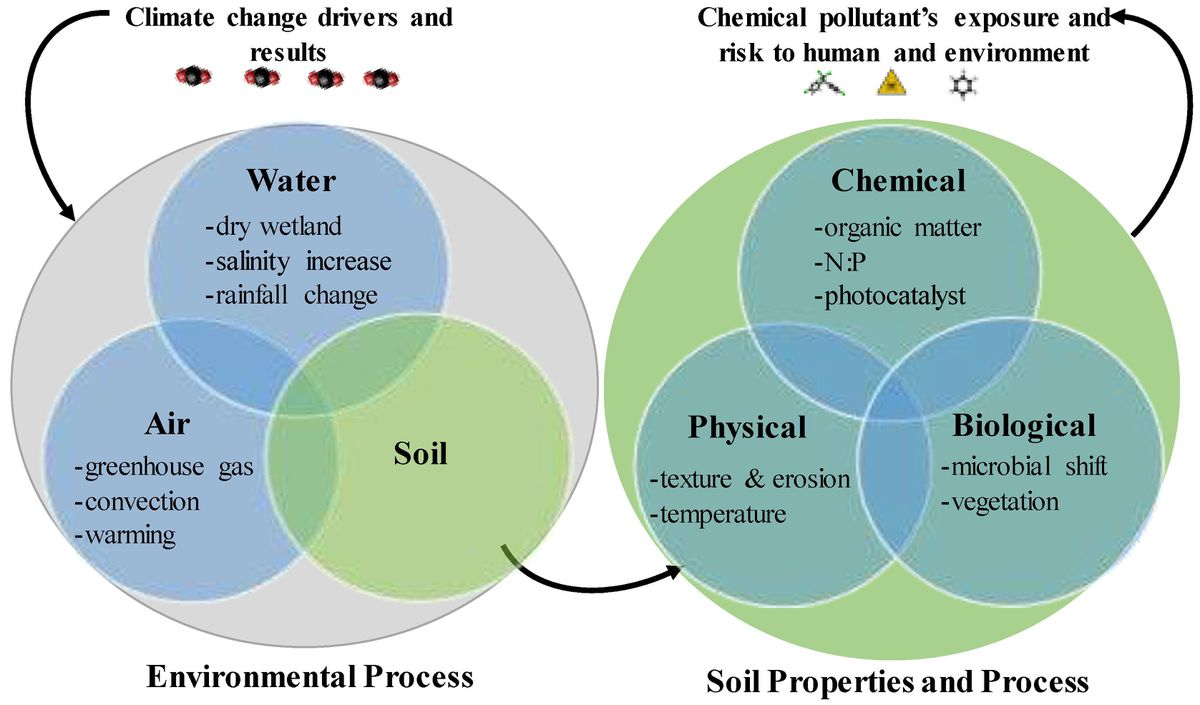/storage.evrimagaci.org%2Ftpg%2F050e297c-a025-41c7-b620-13c1e894026c.jpeg)


A groundbreaking study published by Evrim Ağacı reveals the significant role of microbial communities in soil in global carbon cycles and climate patterns [b4a3eba7]. The study utilized advanced techniques such as metagenomics and stable isotope probing to explore the microbial communities in different soil types. Researchers found that certain microbial communities are more efficient at storing carbon in the soil, while others release more carbon dioxide (CO2) into the atmosphere. This discovery highlights the importance of understanding specific microbial communities in different soil types and offers insights for developing strategies to mitigate climate change. The study also suggests the potential for technological innovation in engineering microbial communities optimized for carbon storage. However, it is important to note that the study is observational and limited to specific soil types and environmental conditions, and further research is needed to establish causation and generalize the findings. Overall, the study emphasizes the critical role of soil microbes in shaping the planet's carbon balance and offers hope for developing sustainable land management practices.
In addition to the study on microbial communities in soil, researchers have made an exciting discovery in the field of agriculture and climate change. They have found a bacteria, Cloacibacterium sp. CB-01, that can reduce nitrous oxide emissions in farm fields. Nitrous oxide is a potent greenhouse gas emitted by tiny organisms in farm fields and is much more potent than carbon dioxide. In field trials, the bacteria was able to reduce nitrous oxide emissions by 94% without disrupting other microbes in the soil. This bacteria is naturally derived and can be easily integrated into existing farming practices. It is not genetically modified, which may ease its acceptance and adoption. The researchers believe that the bacteria could be included in certain fertilizers on farms within the next three to four years. However, further research is needed to determine its effectiveness across different types of farm soils. Currently, farmers are not incentivized to reduce nitrous oxide emissions, so policy instruments would need to be put in place to make it profitable for them to do so [ee9fe6fe].
Recent studies reveal the environmental benefits of regenerative agriculture practices that promote biodiversity and soil health. Traditional farming techniques have been criticized for their reliance on chemical fertilizers and pesticides, which can have detrimental effects on the environment. In contrast, regenerative agricultural practices focus on enhancing soil health, increasing biodiversity, and mitigating the impacts of climate change. These practices recognize the role of soil microbiomes in carbon sequestration and soil fertility. Farms that implement diverse crop rotations have been found to yield more consistently and have lower susceptibility to pests and diseases. However, widespread adoption of regenerative agriculture remains a challenge due to perceived risks and economic concerns.
To address these challenges, initiatives have been launched to provide farmers with the necessary resources and training to transition to sustainable practices. Consumer demand for sustainably produced food has also emerged as an incentive for farmers to reconsider their methods. Education and outreach play a critical role in sharing knowledge and fostering a culture of sustainability among farmers. Policymakers also have a role to play in shaping the future of agriculture through legislative measures and international agreements. The move towards regenerative practices has the potential to create sustainable food systems that support both people and the planet [c43ea659].